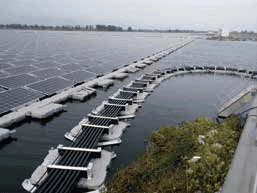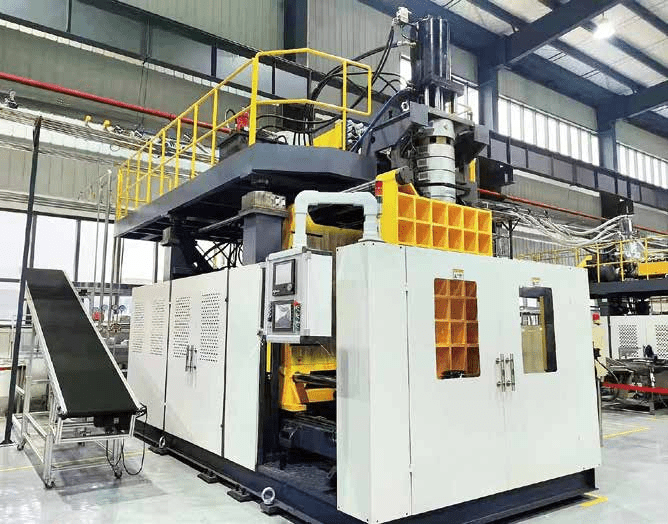Thermoplastic polyurethane (TPU) films are flexible and versatile materials used in a wide variety of applications, including apparel, footwear, sports equipment, medical devices, and automotive components. To produce TPU film, manufacturers use TPU film extrusion lines. This article will give an overview of TPU film extrusion lines, their features, advantages, and how to choose the right machine for your business.
What is stable tpu film extrusion line
TPU film extrusion line is a manufacturing system that melts and extrudes TPU pellets into films. The extrusion process works by heating TPU pellets to their melting point and then forcing the molten material through a die to produce a continuous flat sheet. The sheet is then cooled, trimmed and wound into rolls for further processing or use.
A stable tpu film extrusion line usually consists of several components, including TPU pellet feeder, hopper dryer, extruder, T-die, cooling system, coiler and control system. Each component is designed to work together to produce a consistent and high-quality TPU film.
Stable tpu film extrusion line features
TPU film extrusion lines have several features that make them ideal for the production of TPU films. Some of these features include:
Efficient: Designed for high-speed production, ensuring that you can produce a large amount of TPU film in a short time.
Ease of Use: Easy to operate and requires minimal training to operate. In addition, they have user-friendly controls to easily adjust and monitor the production process.
Wide range of uses: It can be used to produce TPU films of various thicknesses, widths and colors. This versatility makes it ideal for businesses that require custom TPU film products.
Low Maintenance: Minimal maintenance is required, which helps reduce downtime and increase productivity.

Advantages of using stable tpu film extrusion line
Using a TPU film extrusion line to produce TPU film has several advantages, including:
High Quality TPU Film: Designed to produce high quality TPU film that meets strict industry standards. This ensures consistency and reliability of the final product.
Cost-effective: Compared with other methods of producing TPU film, such as injection molding, TPU film extrusion lines are cost-effective. This is because they require less material and energy to produce the same amount of TPU film.
Customizable: Can be customized to meet the specific needs of your business. This includes the ability to produce TPU films in different thicknesses, widths and colors.
Increased productivity: A large number of TPU films can be produced in a short period of time, which helps to increase productivity and shorten lead times.
Environmentally Friendly: Very environmentally friendly as they generate less waste than other methods of producing TPU films.
How to choose the right TPU film extrusion line for your business
Selecting the right TPU film extrusion line for your business can be a challenging task. To help you make an informed decision, here are some factors to consider:
Capacity: Its capacity refers to the amount of TPU film it can produce in a given time. It is very important to choose a machine that can meet your business needs.
Width: The width of the production line refers to the maximum width of TPU film it can produce. If your business requires a specific width of TPU film, you should choose a machine that can produce it.
Thickness: The thickness of the TPU film that a machine can produce is another important factor to consider. If your business requires a specific thickness of TPU film, you should choose a machine that can produce it.
Material: Can be designed to handle different TPU materials. It is very important to choose a machine that is compatible with the type of TPU material you are using.
Quality: The quality of the TPU film produced by the machine is a key factor to consider. It is important to choose a machine that can produce high quality TPU film that meets industry standards.
Cost: The cost of the production line is an important consideration. It is important to choose a machine that will meet your production requirements while staying within your budget.

How to operate stable tpu film extrusion line
Operating a TPU film extrusion line requires some knowledge and training. The following are the basic steps to operate a TPU film extrusion line:
- Pretreatment: TPU granules are fed into a hopper dryer to remove all moisture present in the granules.
- Extrusion: TPU pellets are fed into an extruder where they are melted and conveyed through a T-die to produce a continuous flat sheet.
- Cooling: The sheet is cooled by the cooling system to solidify the molten TPU material.
- Coiling: The cured TPU film is then pulled through a coiling unit where it is rolled into a roll for further processing or use.
- Quality Control: The TPU film is quality checked to ensure it meets industry standards.
Maintenance of TPU film extrusion line
Proper maintenance of a stable tpu film extrusion line is essential to ensure it operates efficiently and produces high-quality TPU films. Here are some maintenance tips:
Regular Cleaning: Regularly clean the extrusion screw, T-die and other components to prevent contamination and buildup.
Lubrication: Regularly apply lubricant to moving parts to prevent wear.
Inspection: Regularly inspect the TPU film extrusion line, find any potential problems and solve them in time.
Calibration: The machine is calibrated regularly to ensure it produces the correct thickness and width of TPU film.
Replacement: Replace any worn or damaged parts promptly to prevent further damage to the machine.



